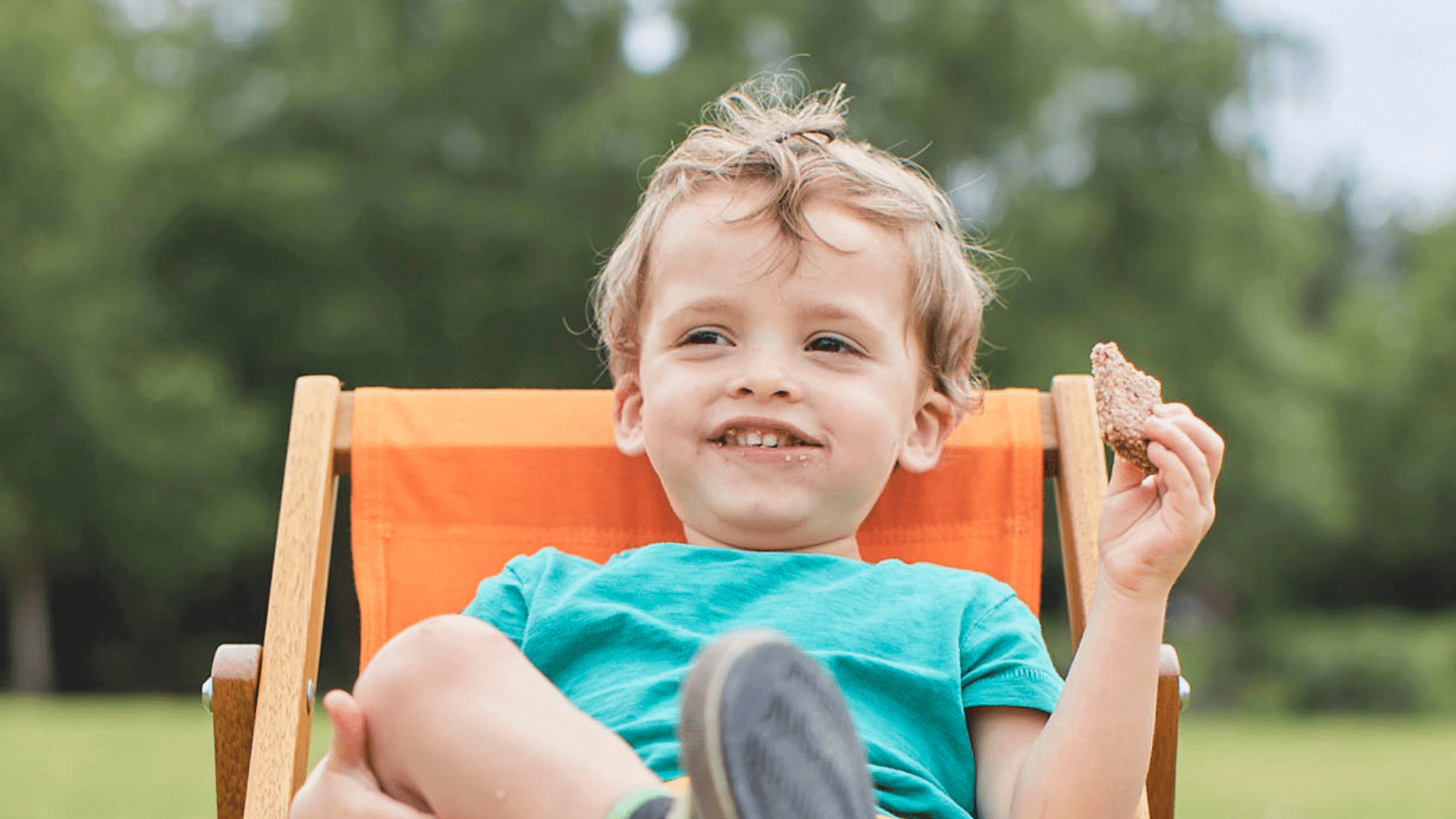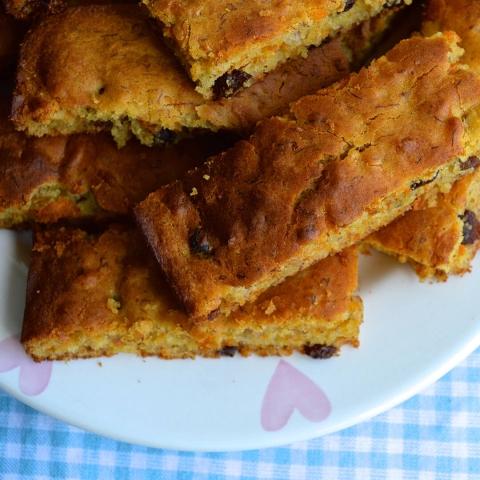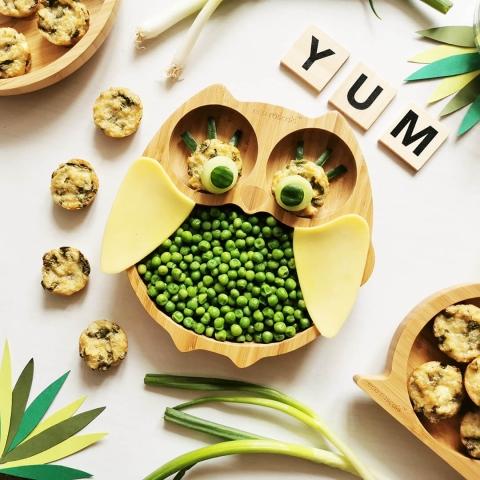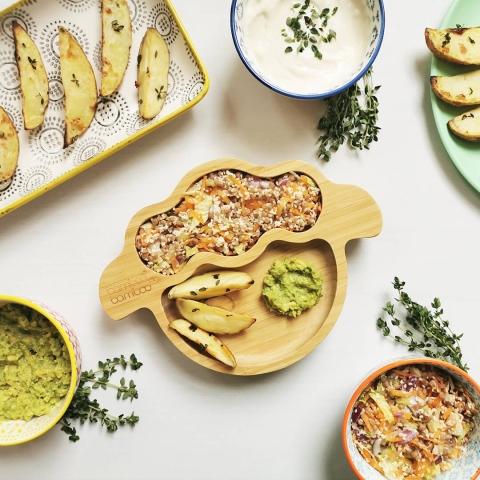TODDLER SELF-FEEDING TIPS
1. Introducing cutlery too early can actually inhibit the development of self-feeding as they are an extra tool to consider and coordinate – when actually it’s much easier for toddlers to just pick up food with their fingers and put it in their mouth. Foods that you can use as a dip work well to introduce self-feeding because they don’t require any cutlery – just other foods such as bread or vegetables to dip in.
2. Toddlers are less likely to become fussy eaters if they are allowed to explore food with their hands and get messy, if you are constantly wiping your toddler's face and hands during a meal you are desensitising them to the sensory experiences of the food and its textures which prevents them from making memories and positive associations with the feel, texture and smell of the food.
3. Using a mirror during a meal or snack time is a great way to let your toddler see what they are doing when they are eating something. You can have fun together by watching your facial expressions as you eat your food.
4. Lead by example and model for your toddler by sharing some soup and dipping bread, hummus or mashed avocado and breadsticks, stewed apple chunks or banana slices to dip in plain yoghurt.
TODDLER SELF-FEEDING FAQ’s
At what age should a child start feeding themselves?
Between 8-12 months babies develop their pincer grip and begin to become more proficient in feeding themselves and between 13-15 months they begin to master the use of a small spoon or blunt toddler fork.
How do you teach a toddler to chew?
If your toddler is only being offered soft foods or weaning foods that require little or no chewing then they won’t be developing or strengthening the masticating muscles in their jaw which are necessary to break food down before swallowing it. You can help encourage your toddler to chew by investing in some teething toys or speech and language tools such as chewy tubes which can help to strengthen the masticating muscles.
When should you stop hand feeding your toddler?
By the age of two your toddler should be capable of feeding themselves, even if cutlery is too tricky to master and gets in the way, your two-year old will be able to use their hands to feed themselves. It’s important to hand over the independence to your toddler and allow them to decide on the speed and frequency of mouthfuls and which food they decide to eat on their plate first and to stop when they are full.
When should a toddler be able to use a fork?
By 18 months toddlers will become more adept at using cutlery. If you want to introduce cutlery to mealtimes make sure you are offering foods that stick or balance easily on a fork or spoon so that your toddler won’t get too frustrated. Alternatively save introducing cutlery for snack time when your toddler can enjoy the process and practice using a fork to spear a chunk of cheese or a piece of fruit to dip into yoghurt.




